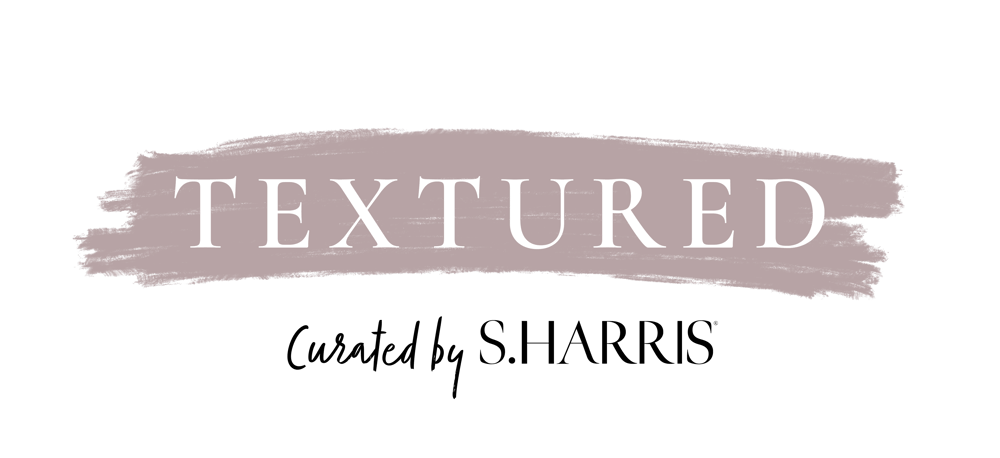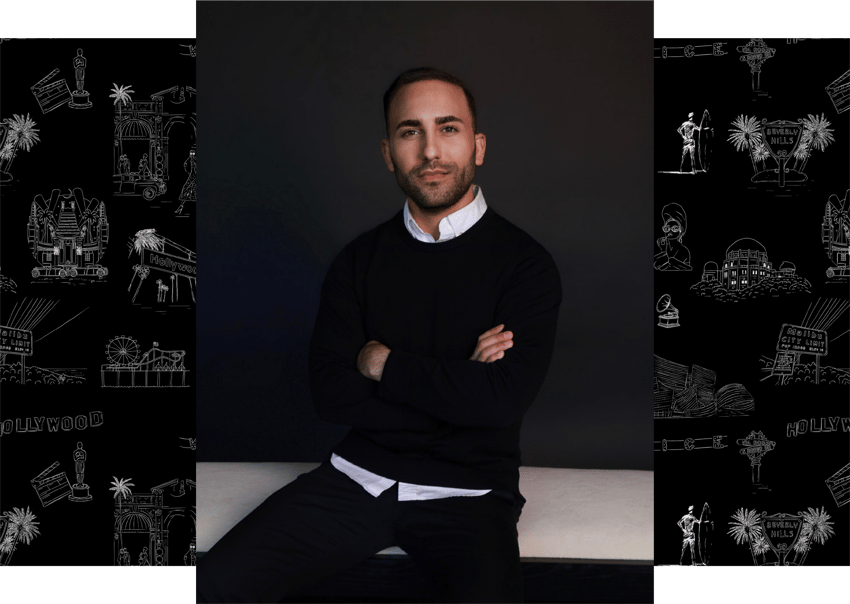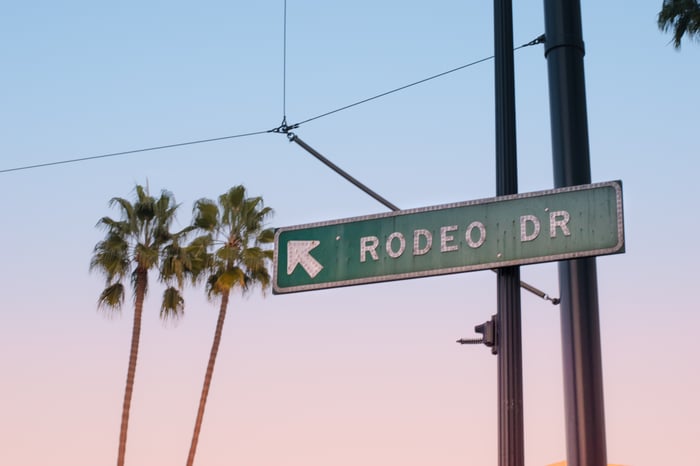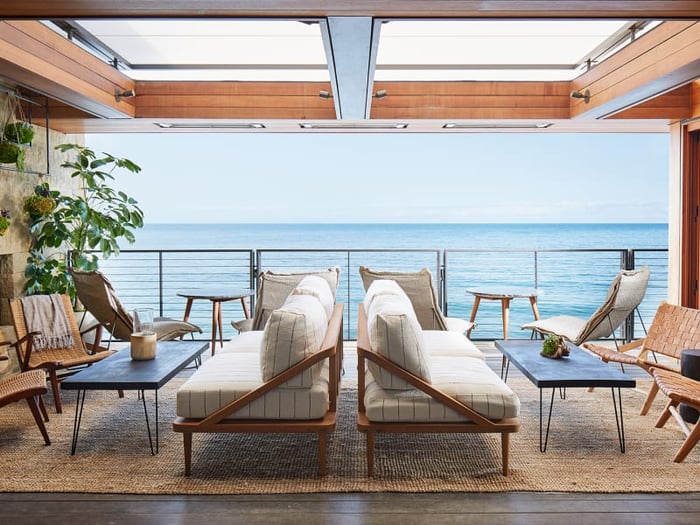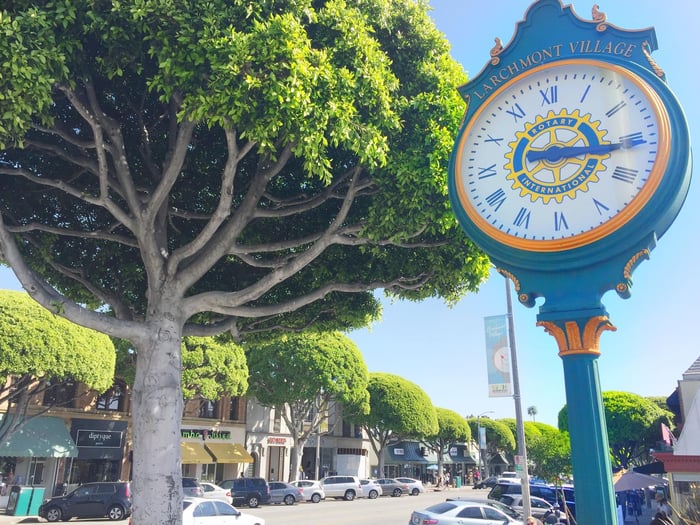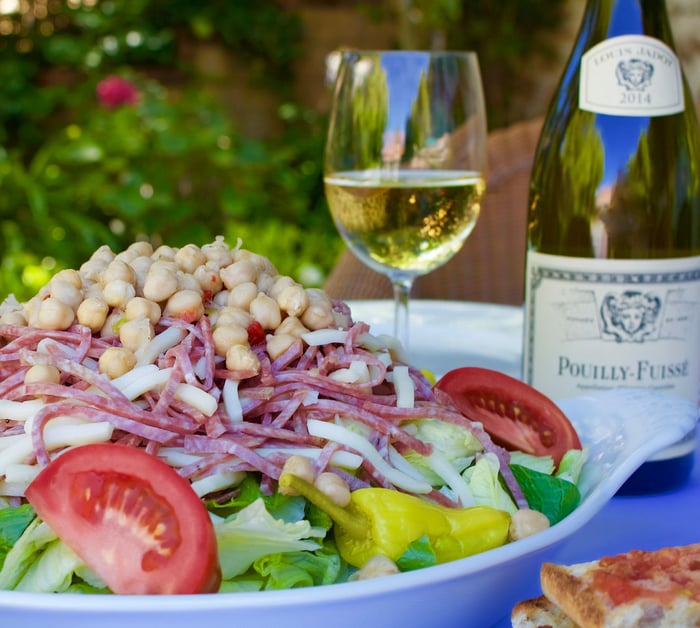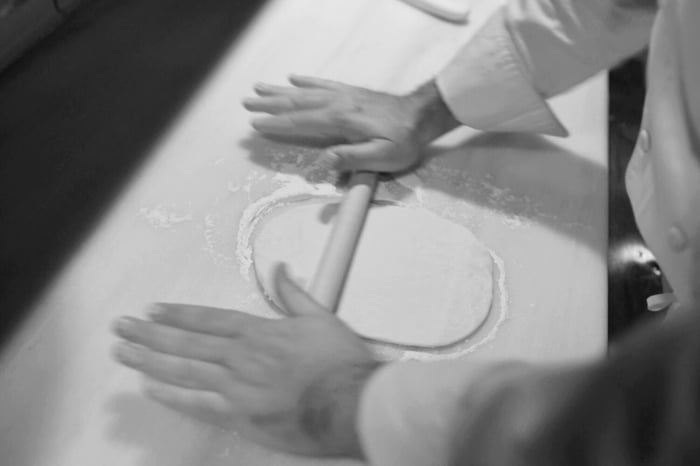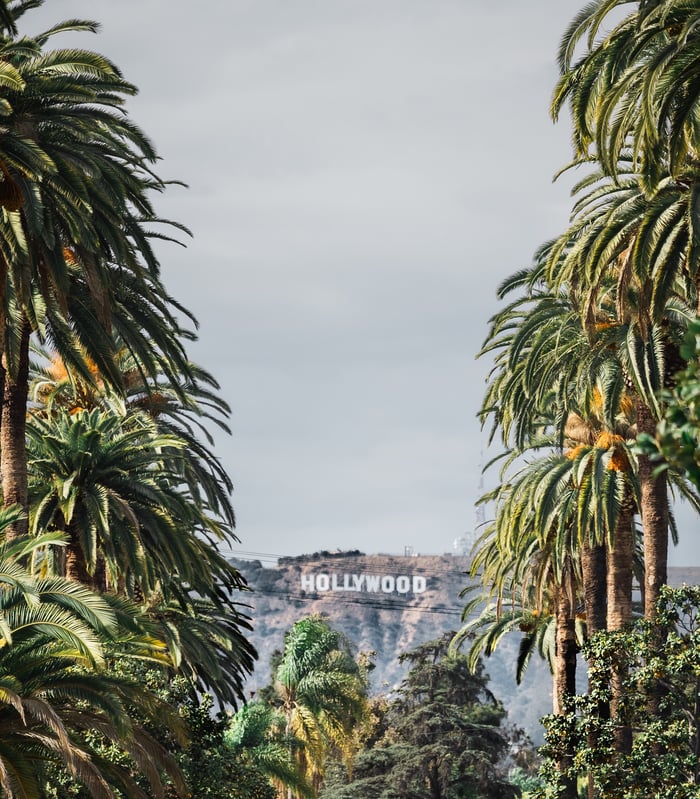
Beverly Hills, courtesy Demian Tejeda-Benitez
S. Harris: What does Los Angeles mean to you?
Ryan Saghian: I’m a Persian Jew. My family left Iran and relocated to LA, so I grew up here. I have a photographic memory and have always been aware of my surroundings. I’m one of the few people who can drive by the Century City mall and remember it in 1999, and at every point as they remodeled it. For me, the best way to describe my home was with visuals.

Griffith Observatory, courtesy Venti Views
SH: How has your relationship with the city evolved?
RS: I used to work for Jaime Rummerfield and Ron Woodson. They’re also LA natives, and they taught me a perspective of LA I wasn’t getting in my bubble in Beverly Hills. When I started viewing the city from a different perspective, I started loving and appreciating what it was about, including the architecture. It has such a young history—a contemporary and short history, especially its midcentury-modern identity. Every single Persian grandma had a midcentury home in Trousdale with terrazzo floors. Later in my life, I thought, “I want to bring that back to life.” In LA Toile I incorporated some architectural monuments like Griffith Observatory, Grauman’s Chinese Theatre, and the Walt Disney Concert Hall. Seeing Griffith Observatory for the first time made me realize how sprawling LA is.
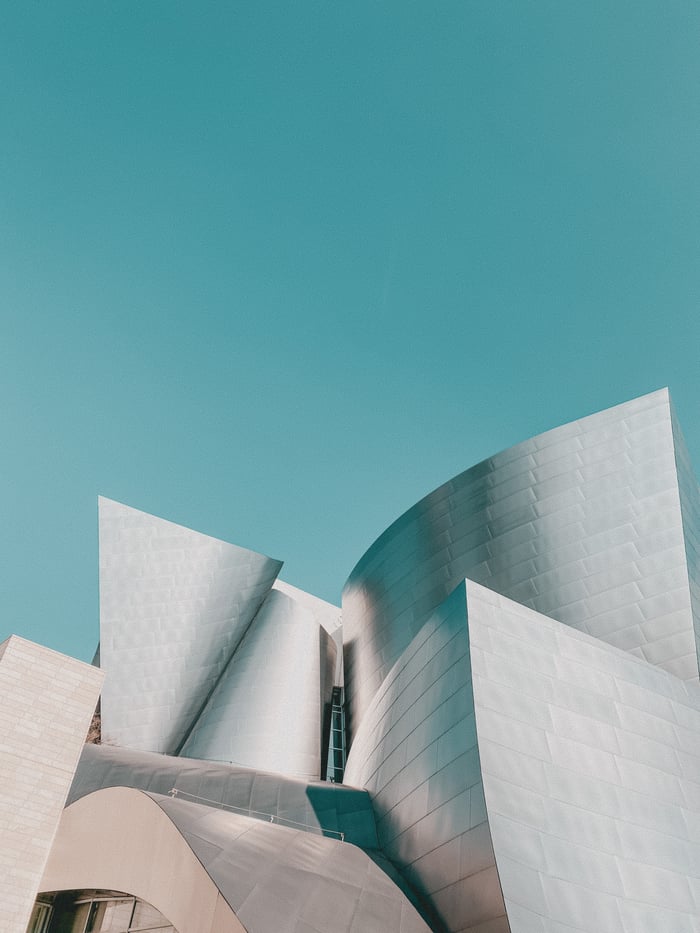
Walt Disney Concert Hall, courtesy Ranjith Alingal
SH: Can you walk us through the inspiration behind the wallcovering?
RS: When you’re in a powder room and there’s an interesting wallpaper, your eye starts to wander. You can really push that extra boundary in a small space like a powder room because it’s the only time guests are really alone, and it’s when they do all their nosy peeking. I wanted to do something scenic or extremely textured and different, not necessarily gaudy or over-the-top—something detailed that you need to pause to look at. I worked with an illustrator who used the traditional, artisanal, hand-drawn method of the classic toile de Jouy.

Santa Monica Pier by by Matthew LeJune
SH: How did the collaboration with S. Harris come about?
RS: Jodi Finer reached out to me to explore doing something together. I wanted to do more wallpaper and collabs but wondered what I could do that would be very “me.” After talking with Jodi, I stopped feeling like it had to be a full collection and instead decided to focus on one thing that is cool and epic and unique.
